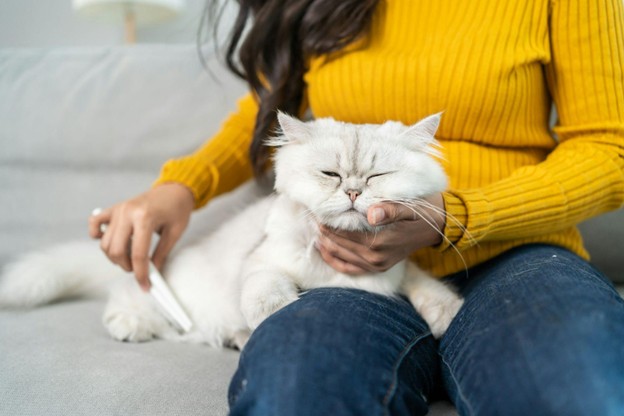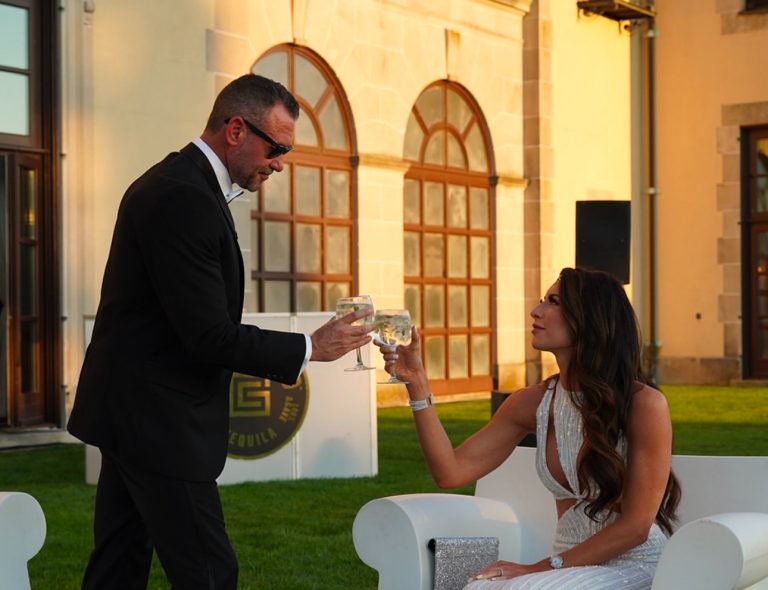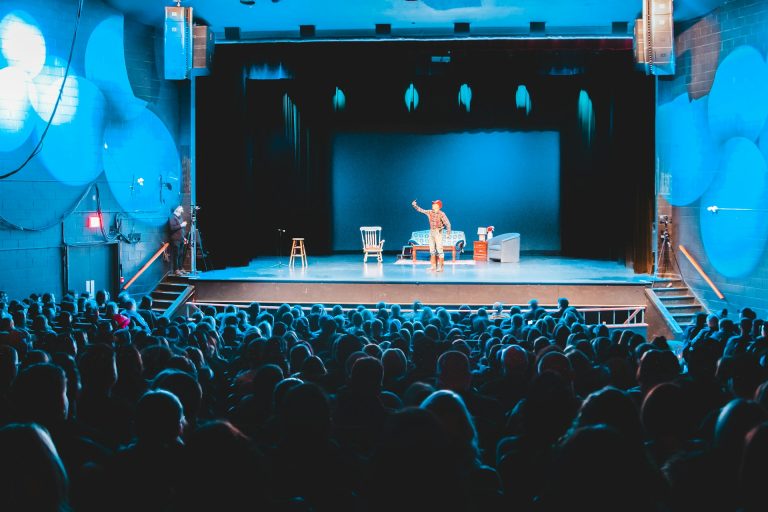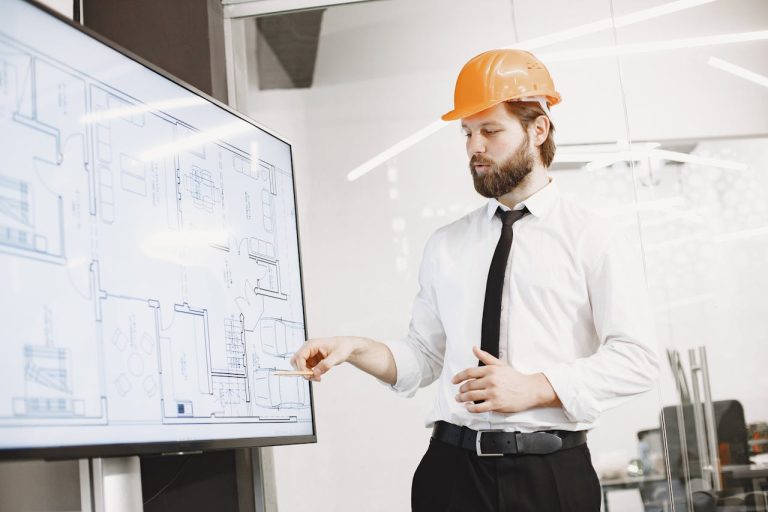
Show jumping is an exhilarating equestrian sport that requires a combination of precision, skill, and trust between the rider and their horse. To excel in this demanding discipline, it’s crucial to have effective training techniques that enhance your performance in competitions. In this article, we will delve into the expertise of Alec Lawler, a renowned show jumping athlete and trainer, to uncover the secrets to maximizing your potential in the arena.
Setting the Foundation: Developing a Strong Partnership
Alec Lawler emphasizes the importance of establishing a strong partnership with your horse. According to him, “Building trust and communication with your equine partner is the cornerstone of successful show jumping.” Lawler believes that taking the time to understand your horse’s personality, strengths, and weaknesses will enable you to tailor your training methods accordingly.
Lawler advises spending quality time with your horse outside of the training arena. Grooming and bonding sessions not only help build a bond but also allow you to observe your horse’s behavior and body language. This knowledge will help you identify any areas of improvement and customize your training approach to suit your horse’s individual needs.
Lawler’s Training Tip #1: “Consistency and Patience”
“Consistency is key,” Lawler emphasizes. “Horses thrive on routine and repetition. Create a structured training plan that includes regular exercise, grooming, and bonding time.” By maintaining consistency in your training regimen, you will foster a sense of security and confidence in your horse, enhancing their overall performance.
Consistency extends beyond training sessions. Lawler recommends establishing consistent cues and aids to help your horse understand your instructions effectively. This clarity in communication strengthens the partnership and allows for smoother and more precise execution during show jumping competitions.
Developing a Solid Foundation: Flatwork and Dressage
To excel in show jumping, riders must prioritize flatwork and dressage. Lawler believes that these fundamental training aspects are often overlooked but play a crucial role in enhancing performance. “Flatwork improves your horse’s balance, flexibility, and responsiveness,” Lawler advises. “It establishes a strong foundation for precise jumping and allows you to achieve optimal control and communication.”
Lawler suggests incorporating a variety of exercises into your flatwork routine. Focus on lateral movements, transitions, and circles to enhance your horse’s suppleness and responsiveness. By fine-tuning your horse’s basic skills, you will improve their overall athleticism and ability to tackle the challenging show jumping courses.
Lawler’s Training Tip #2: “Quality Over Quantity”
When it comes to training, Lawler emphasizes the significance of quality over quantity. He advises riders to focus on deliberate and purposeful practice rather than simply going through the motions. “Ensure that each training session has a clear objective,” Lawler suggests. “Work on refining specific skills and techniques, and always strive for improvement.”
Lawler encourages riders to break down their training sessions into focused segments. Set specific goals for each session, such as perfecting tight turns or improving rhythm and adjustability. By working on targeted areas of improvement, you can make steady progress and maximize your performance in show jumping competitions.
Mastering Course Management: Mental Preparation
Alec Lawler acknowledges the mental challenges faced by riders in show jumping competitions. “Nerves and pressure can significantly impact your performance,” he says. Lawler emphasizes the importance of mental preparation and maintaining a focused mindset throughout the competition.
Lawler’s Training Tip #3: “Visualize Success”
“Visualization is a powerful tool that can help you overcome anxiety and enhance your performance,” Lawler advises. He encourages riders to visualize successful rides, imagining every detail of their jumps, turns, and overall performance. By mentally rehearsing success, you can boost your confidence, reduce nerves, and perform at your best when it matters most.
Lawler suggests incorporating visualization techniques into your training routine. Before each competition, find a quiet space where you can relax and visualize your ideal performance. Close your eyes and vividly imagine yourself navigating the show jumping course with precision and grace. Picture the jumps, the turns, and the rhythm of your ride. Feel the connection with your horse and the thrill of success.
By repeatedly visualizing successful outcomes, you train your mind to believe in your abilities and reduce performance anxiety. This mental preparation technique helps you enter the competition arena with a focused and confident mindset, allowing you to perform to the best of your abilities.
Final Thoughts
In conclusion, maximizing your performance in show jumping competitions requires a holistic approach that encompasses both physical and mental aspects of training. By following Alec Lawler’s expert techniques, you can lay a strong foundation through building a trusting partnership with your horse, emphasizing consistency and patience, prioritizing flatwork and dressage, and focusing on mental preparation.
Remember, success in show jumping is not solely determined by natural talent but rather by dedication, hard work, and a willingness to continuously improve. Incorporate Lawler’s training techniques into your routine, and you’ll be well on your way to achieving your show jumping goals.
About Alec Lawler
Alec Lawler is a successful entrepreneur and international show jumping athlete with a Bachelor of Science in Earth Systems from Stanford University. He has competed at the highest international level in show jumping throughout North America and Europe, and has won numerous awards and accolades, including the National Grand Prix of the Desert in 2014. Alec founded Lawler Show Jumping LLC in 2019, where he collaborates with owners and industry professionals to identify and secure international equine investment opportunities.





